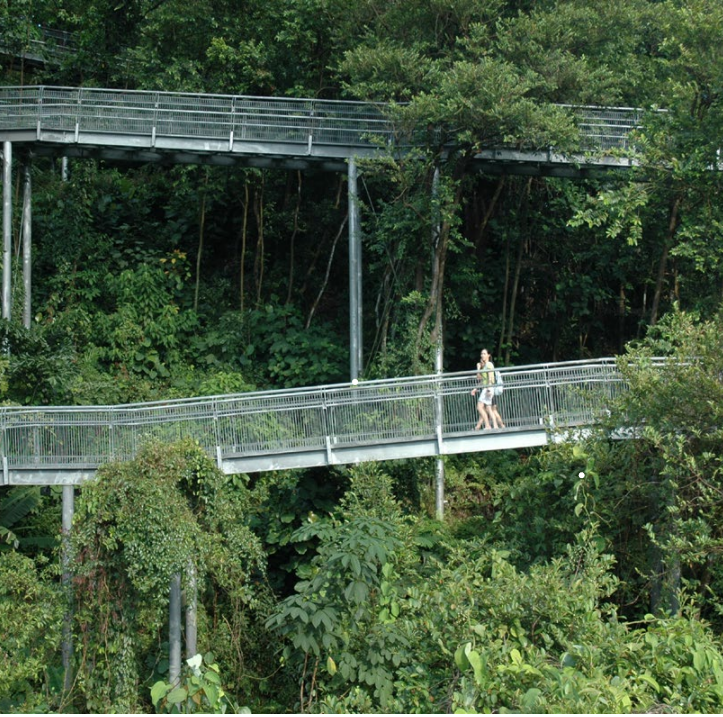Planning for cities that love nature. The emerging global nature of biophilic cities
Author(s): Tim Beatley
Abstract / Introduction (download full article at the bottom)
Zealandia is an impressive experiment in Wellington, New Zealand. Here, native species of birds have been largely decimated by the introduction of non-native species. Zealandia, a large forested wild zone in the middle of the city, encircled by a 2.2 meter tall predator-proof fence, seeks to change that. The tagline for Zealandia is “bringing birdsong back to Wellington,” and already it has had considerable success. The numbers of the Kaka parrot have increased from a low of 6, when re-introduced in 2002, to as many as 250 today. Importantly, many of these birds now are being seen in other areas of the city, especially in the so-called “halo” zone surrounding Zealandia. It is an interesting story and a bold goal for the city; the notion that wherever you live in this city, whatever neighborhood you reside in, you ought to be able to hear and enjoy bird song. It is a different way to judge the long term success of the planning and environmental design efforts. It also is a metric to gauge the progress of the city using a target more in line with the goals and vision of a biophilic city. Wellington has also been working in many other ways to strengthen its connections to naFigure 2 (left): Wellington is a biophilic city that increasingly recognizes the unique marine nature all around it. Shown here is the rocky edge of the Taputeranga Marine Reserve, closeby to the City’s downtown. Wellington is developing a vision of “Blue Belts” to complement its commitment to terrestrial-based Green Belts. There is an abundant network of greenspaces, and an ambitious target of planting two million new trees has been set, with significant progress made towards that goal. It has emphasized the planting of native trees and plants throughout the city, in places like median strips and road verges. There is an extensive network of trails to hike, and nature not far away from where most people live. Recently the Parks department sponsored a Peak Bragging campaign, encouraging residents to hike up to the top of one of the City’s twelve peaks and post a creative photo online (with prizes offered for the best pictures). The City has produced a series of online interactive maps to help residents to plan and undertake their urban hiking adventures.
Publication: ISOCARP Review 12, pp. 50-97
Year: 2016
Editors: Shi Nan, Jim Reilly, Fran Klass
Coordinator: Lucian Perici
Graphic Designer: Ricardo Moura
ISBN 978-94-90354-46-6
Download this article: here




